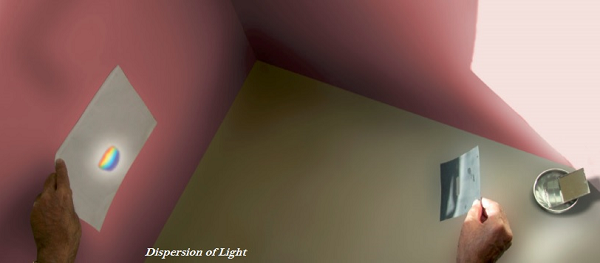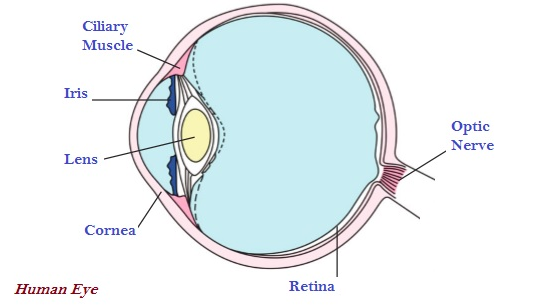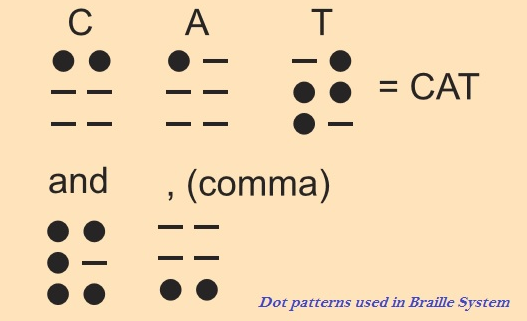
- Physics Notes for UPSC IAS Prelims (Part I)
- Physics - Home
- Physics - Force and Pressure
- Physics - Friction
- Physics - Some Natural Phenomena
- Physics - Motion
- Physics - Force and Laws of Motion
- Physics - Gravitation
- Physics - Mass and Weight
- Physics - Work and Energy
- Physics - Light
- Physics - Reflection and Refraction
- Images Formed by Spherical Mirrors
- Physics - Refraction of Light
- Physics - Spherical Lenses
- The Human Eye & Colorful World
- Refraction of Light Through a Prism
- Physics - Electricity
- Chemical Effects of Electric Current
- Magnetic Effects of Electric Current
- Physics - Electric Motor
- Physics - Source of Energy
- Physics - Sound Part I
- Physics - Sound Part II
- Speed of Sound in Different Media
- Physics - The Solar System
- Physics - Stars and The Solar System
Physics - Light
Introduction
The fact is – our eyes alone cannot see any object until light helps.
The light may be emitted by the object, or may have been reflected by it.
Laws of Reflection
The light ray, which strikes a surface, is known as the incident ray.
The incident ray that returns back from the surface is known as the reflected ray (as shown in the image given below).

When all the parallel rays reflected from a plane surface are not necessarily parallel and the reflection is known as diffused or irregular reflection.
Almost every object that we see around is visible because of the reflected light.
Some objects generate their own light, such as the sun, electric lamp, fire, flame of a candle, etc. and make themselves visible.
Splitting of light into its different colors is known as dispersion of light (as shown in the image given below).

Rainbow is a natural phenomenon showing dispersion.
Human Eyes
The human eyes have a roughly spherical shape.
The transparent front part is known as cornea (shown in the image given below).

The dark muscular structure known as iris.
The size of the pupil (pupil is small opening in iris) is controlled by the iris.
It is the iris that gives eye the distinctive color.
Lens is found behind the pupil of the eye (see the image given above).
The lens focuses light on the back of the eye, which is known as retina.
Retina contains several nerve cells; based on their features, they are divided into two categories: i.e.
Cones − These are sensitive to bright light and
Rods − These are sensitive to dim light.
The impression of an image (on retina) does not disappear immediately rather persists there for about 1/16th of a second; therefore, if still images of a moving object are flashed on the retina at a rate faster than 16 per second, then the eye sees this object as moving.
The minimum distance at which the eye can see an object distinctly varies with growing age.
The most comfortable distance at which a normal eye can read is about 25 cm.
Braille System
The most popular and accepted resource for the visually challenged people is known as Braille.
Braille system is developed for the visually challenged people; they can learn the Braille system by beginning with letters, then special characters, and letter combinations.
Louis Braille, a visually challenged person, developed a system of learning especially for the visually challenged persons; and hence, the system is named after his name ‘Braille.’

Braille system has 63 dot patterns or characters and each character represents a letter, a combination of letters, a common word or a grammatical sign.

Dots are arranged in cells of two vertical rows of three dots each and when these patterns are embossed on Braille sheets, then it helps visually challenged to identify words by touching them (see the image given above).